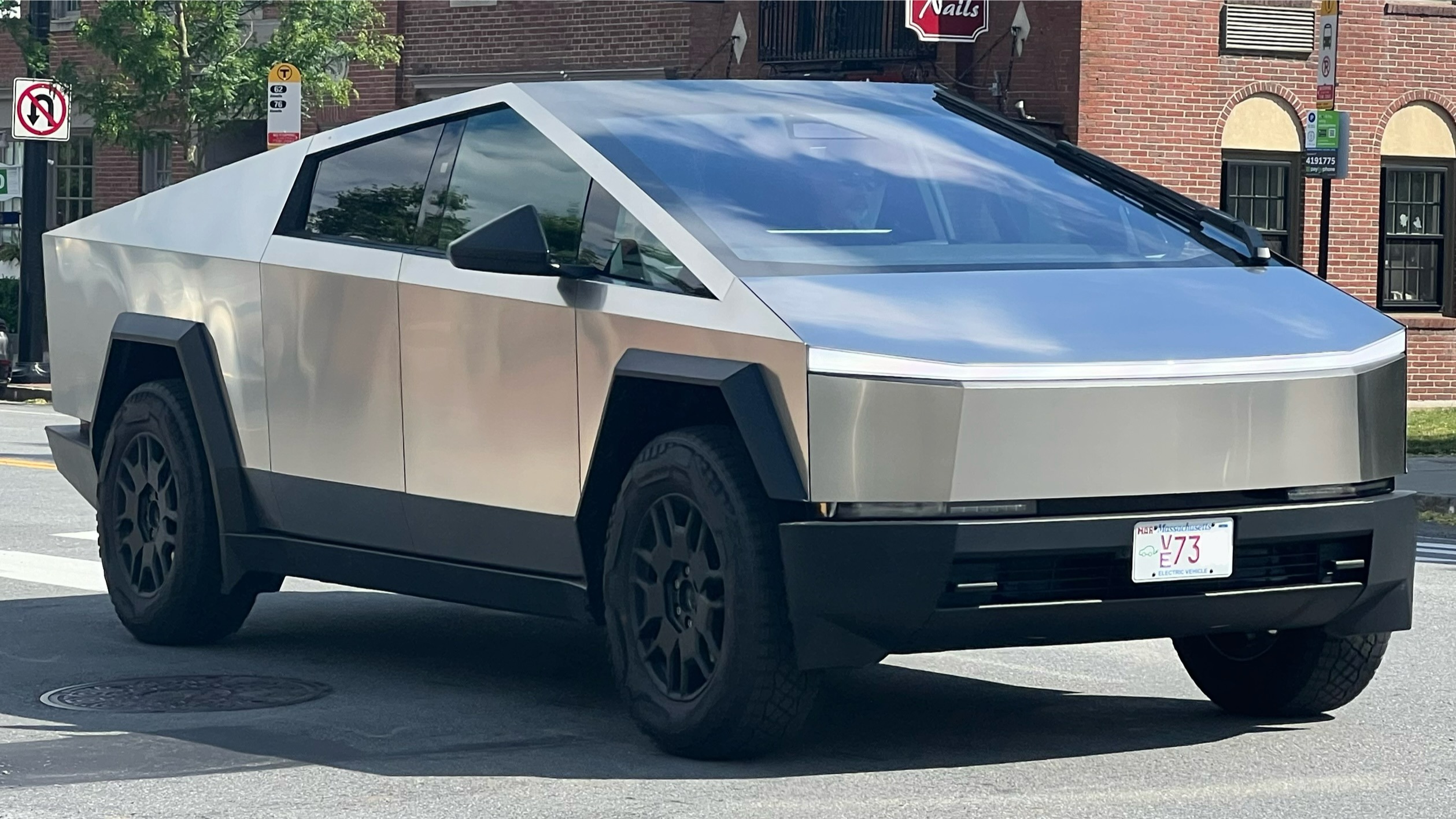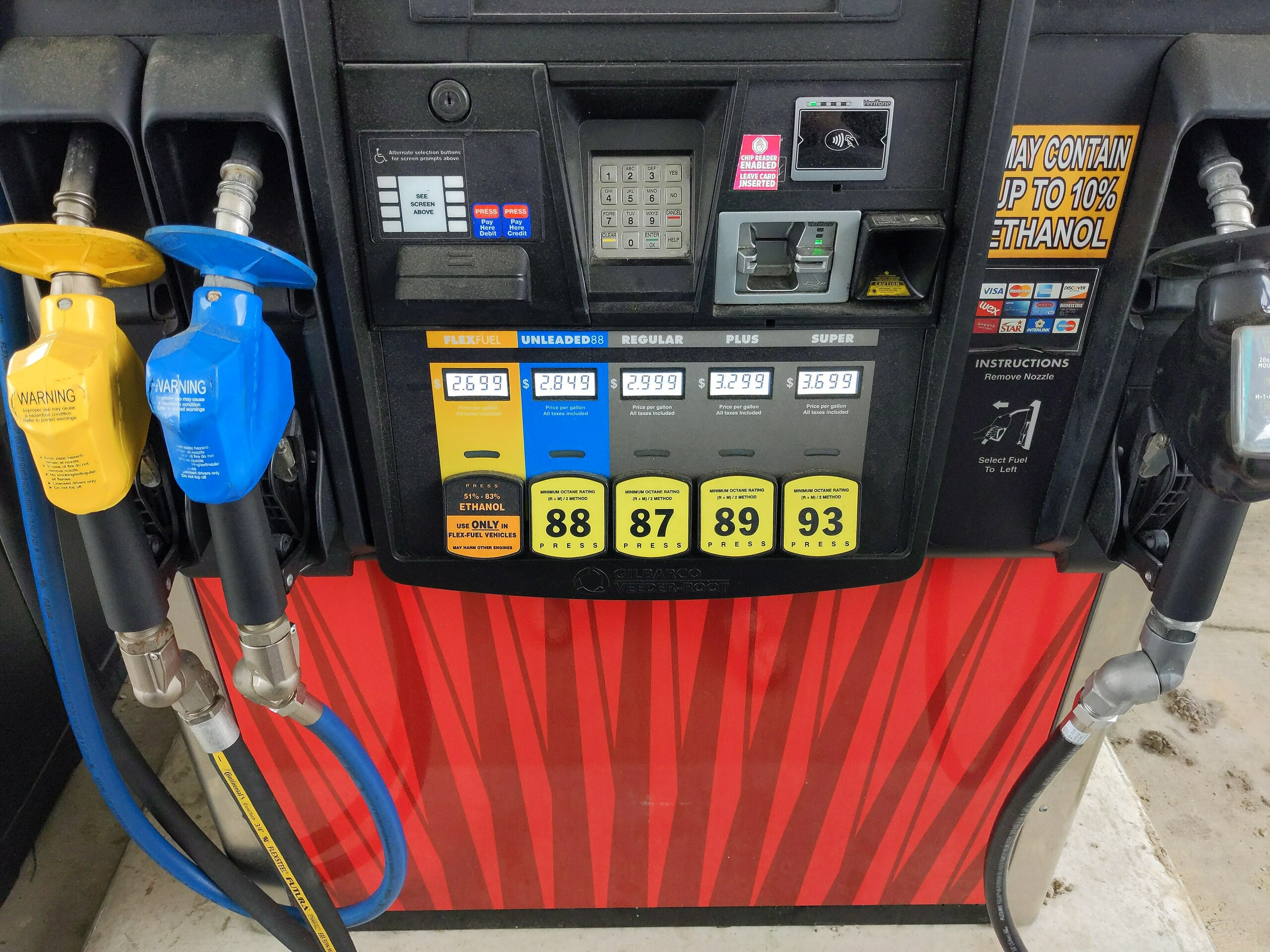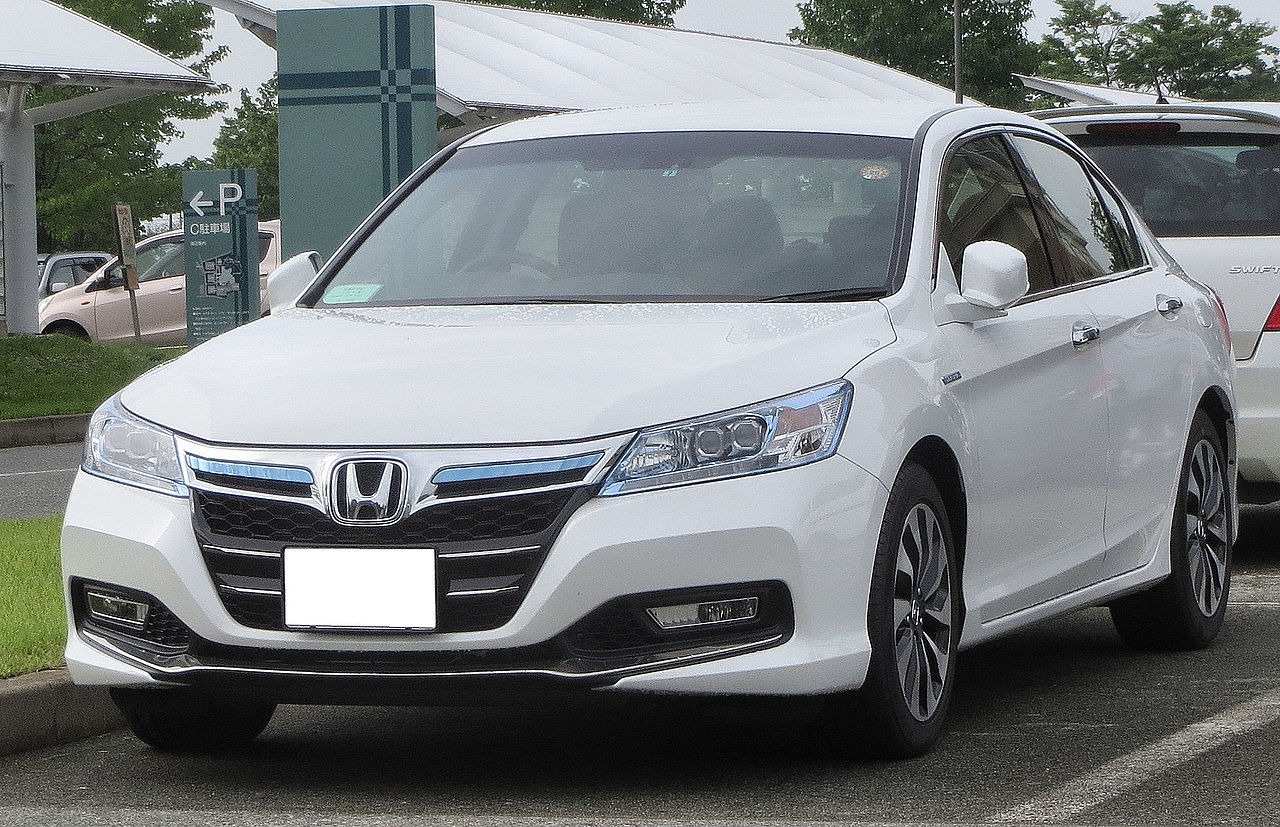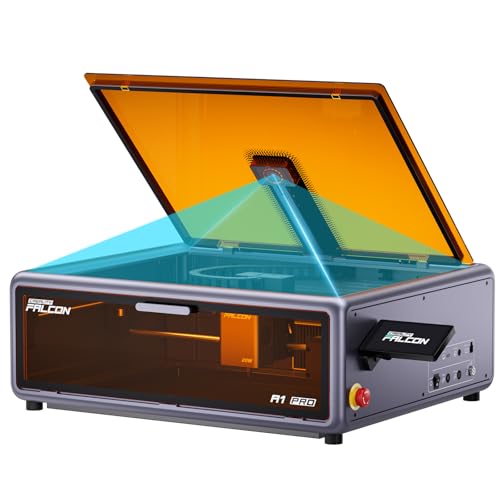The Zapata AirScooter turns science fiction into suburban reality—no pilot’s license required. Dead engines at 500 feet are terrifying. That’s why the Zapata AirScooter’s triple-redundant flight system matters more than its carbon fiber glamour shots.
This single-seat aerial pod represents personal aviation’s Tesla moment—premium pricing that makes impossible tech suddenly accessible. French innovator Franky Zapata built his reputation on jetpack stunts, but the AirScooter trades spectacle for substance. You get 100 miles of range, two-plus hours of flight time, and computer-assisted controls that handle the hard parts of staying airborne.
Engineering Reality Check
Hybrid power meets ultralight regulations in a 250-pound package.
The magic happens through brute-force redundancy. Four thermal turbines feed 14 electric motors spread across the airframe. This hybrid system weighs just 112 kilograms empty while delivering performance that pure-electric competitors can’t touch. When one motor fails, thirteen others compensate.
The carbon fiber construction isn’t just Instagram-worthy—it’s survival-critical. Triple-redundant flight controllers track every movement through GPS and gyroscopic sensors. Your input gets filtered through fly-by-wire software that prevents the kinds of mistakes that turn joyrides into YouTube cautionary tales.
The No-License Loophole
FAA Part 103 regulations create an unexpected path to legal flight.
Here’s where regulatory genius meets marketing brilliance. The AirScooter qualifies as an ultralight aircraft under FAA Part 103, meaning you can legally pilot it without traditional licensing.
The catch? Zapata isn’t handing over keys like a luxury car dealer. Their Las Vegas flight center, launching in early 2026, requires VR simulation training before your first supervised 40-minute flight session. Think of it as Top Gun meets Apple Store customer experience—high-tech onboarding that transforms aviation anxiety into Instagram content.
Premium Positioning Problems
Quarter-million dollar pricing limits revolutionary accessibility claims.
Zapata positions the AirScooter against competitors like the Lift Aircraft Hexa, but $250,000 puts it firmly in rich-person-toy territory. That’s Tesla Roadster money for something that flies like a sophisticated drone with passenger seating.
The hybrid system burns fuel use like a car while producing comparable emissions. Zapata’s sustainable aviation fuel partnership promises 80% emission reductions, though implementation details remain conveniently vague.
The reality? You’re paying premium prices for first-generation personal aviation that works today rather than someday. For wealthy early adopters who’ve exhausted terrestrial toys, that’s exactly the point.





























